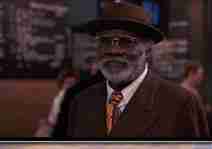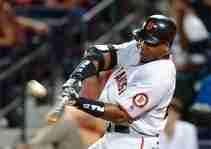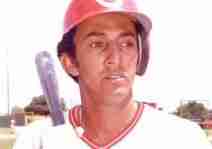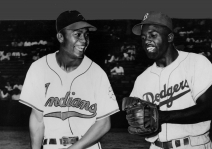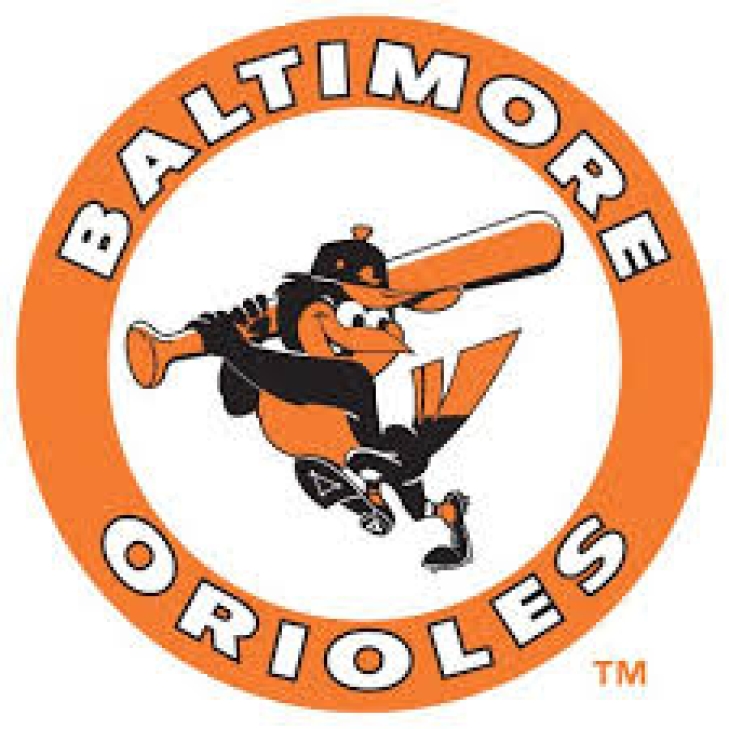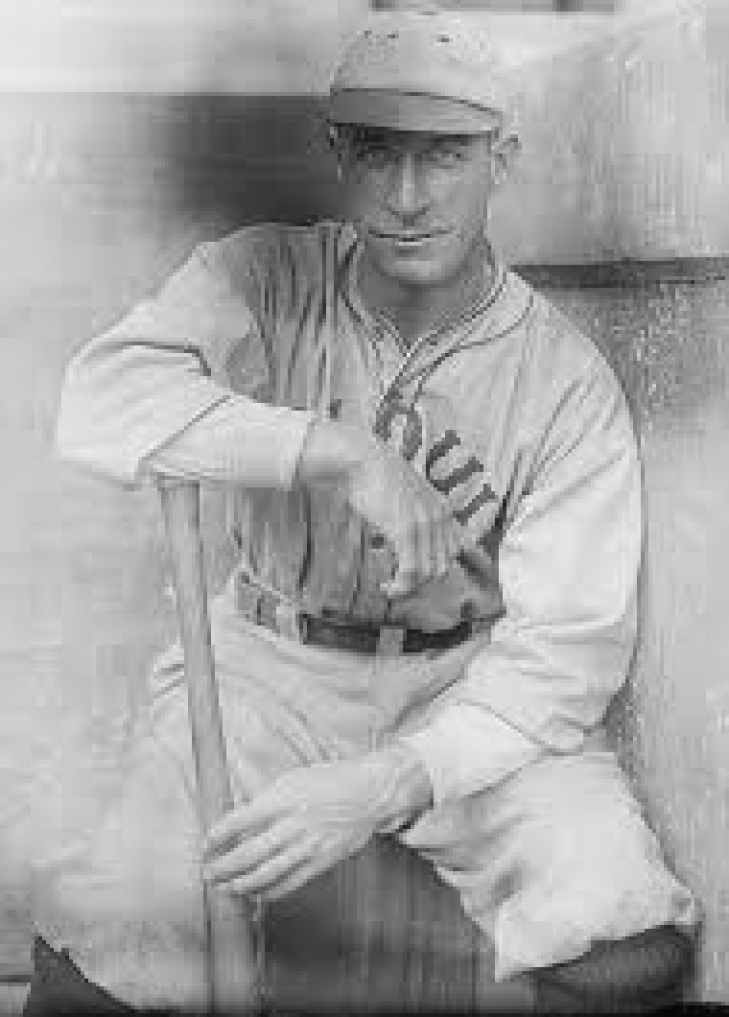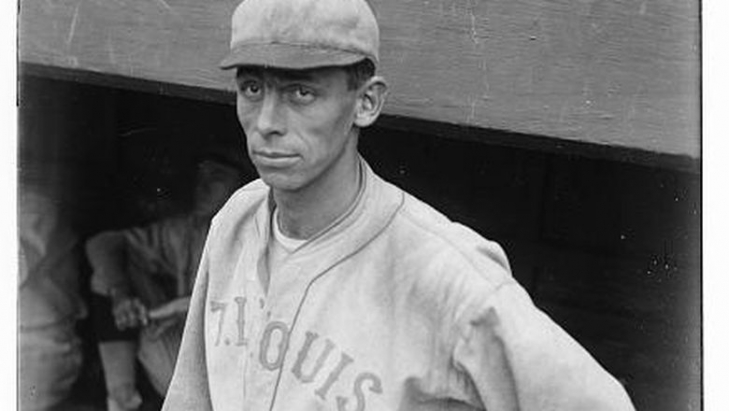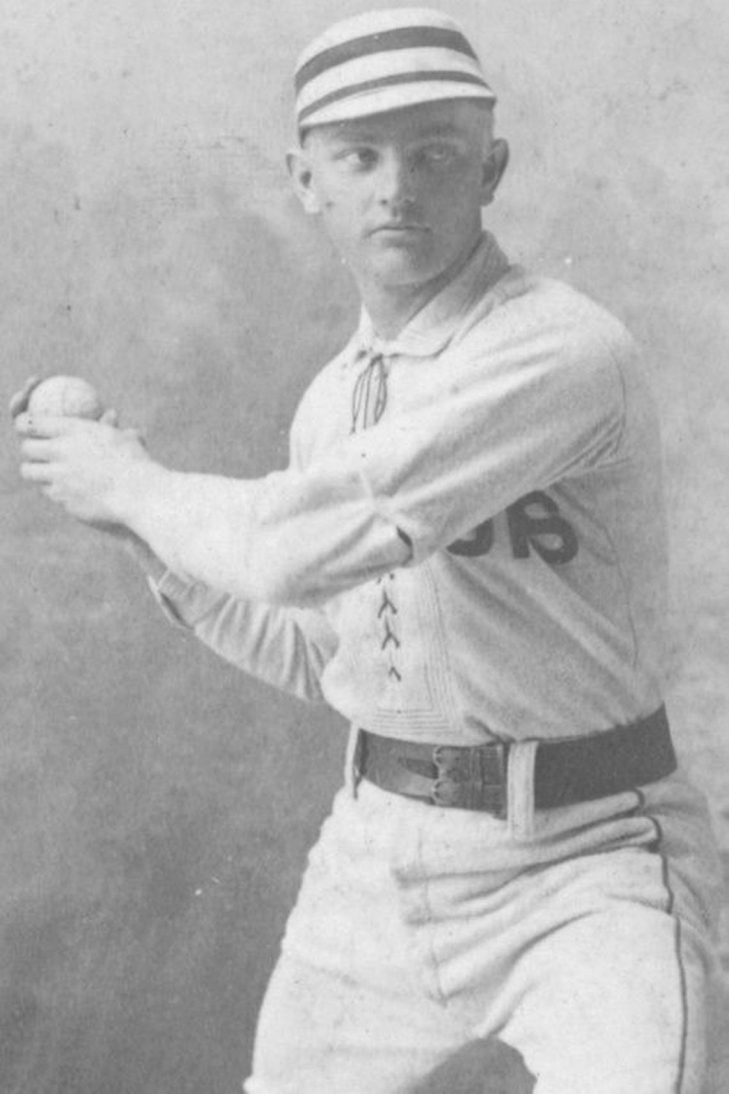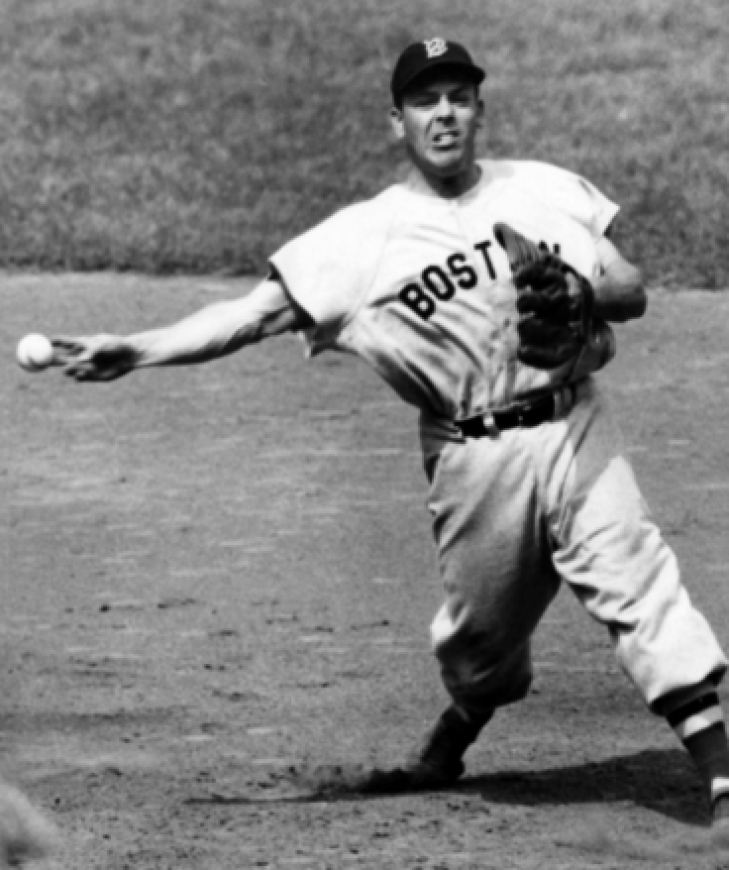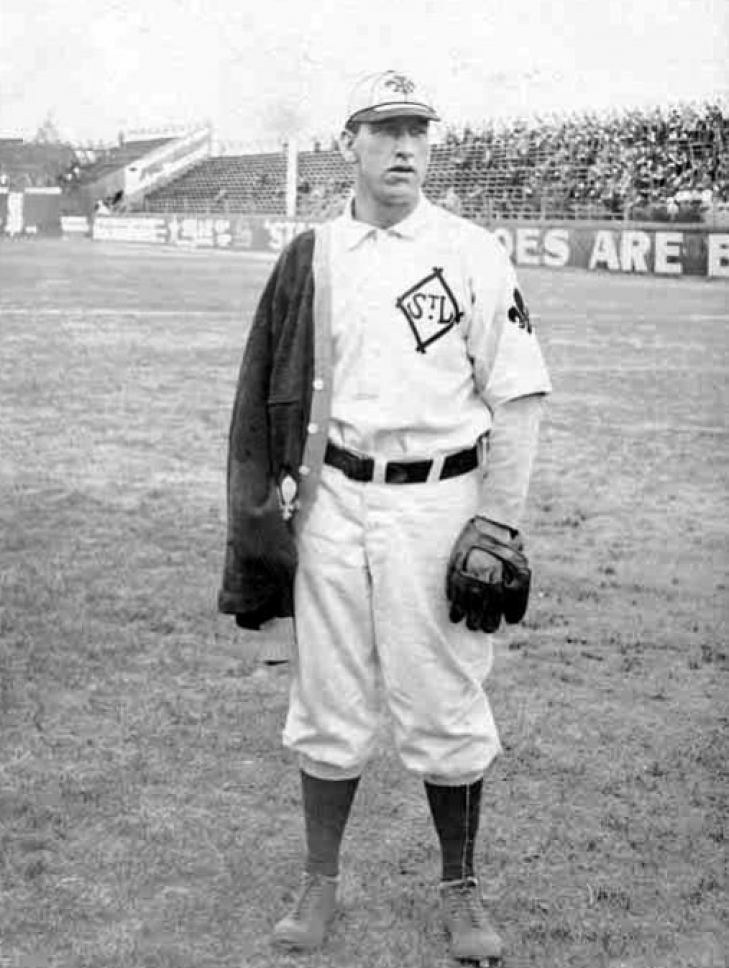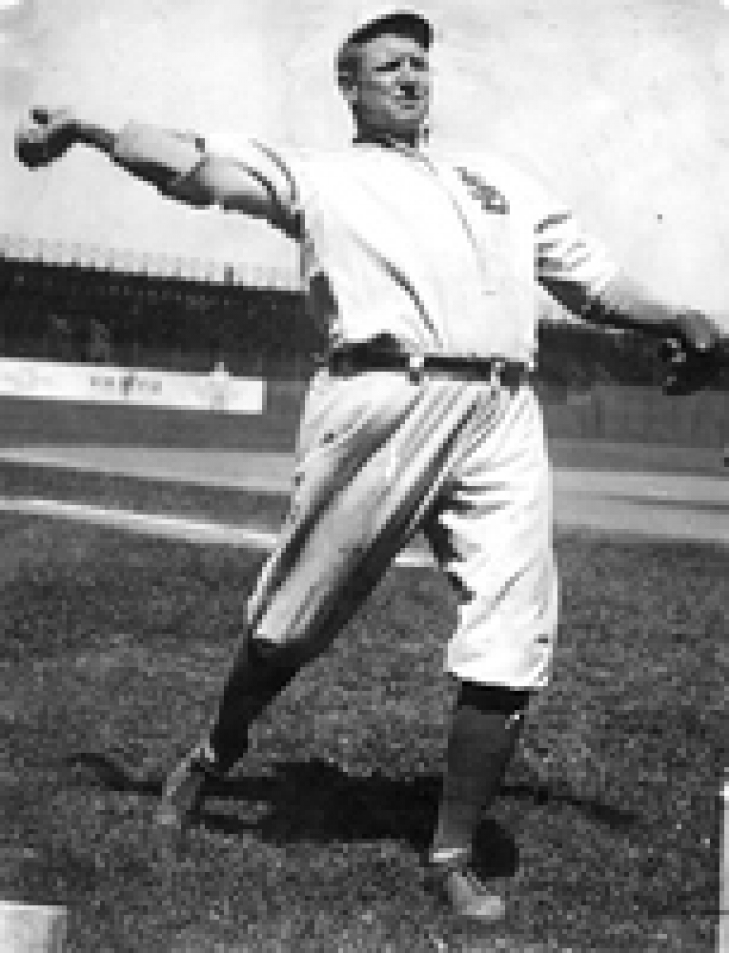Warning: Attempt to read property "params" on null in /home/notinhal/public_html/plugins/k2/k2canonical/k2canonical.php on line 382
Our All Time Top 50 Baltimore Orioles have been revised to reflect the 2024 Season
Yes, we know that this is taking a while!
As many of you know, we at Notinhalloffame.com are slowly generating the top 50 of each major North American sports team. That being said, we have existing Top 50 lists and consistently look to update them when necessary and based on necessity. As such, we are delighted to present our post-2024 revision of our top 50 Baltimore Orioles.
As for all of our top 50 players in baseball, we look at the following:
1. Advanced Statistics.
2. Traditional statistics and how they finished in the American League.
3. Playoff accomplishments.
4. Their overall impact on the team and other intangibles that are not reflected in a stat sheet.
Please note that our algorithm has changed, which yielded minor changes throughout the baseball lists.
Last year, the Orioles returned to the playoffs, but were hoping for a deeper run. Should they repeat what they accomplished in 2024 in 2025, there should be new entrants. As such, there was only one new entrant, but it is an older player who benefited from the new algorithm.
As always, we present our top five, which saw two changes based on the new structure:
3. Jim Palmer
4. Eddie Murray
You can find the entire list here.
Under the new system, Robinson moved to #2 by slightly edging out Palmer, and Murray overtook Sisler for #4.
Outfielder Burt Shotten enters the list at #47 with the new algorithm.
We thank you for your continued support of our lists on Notinhalloffame.com.
47. Burt Shotten
Burt Shotten played the best part of his career with the St. Louis Browns, where he showcased strong plate discipline. Twice leading the American League in Walks, Shotten had an OBP over .390 four times, though he never batted over. 300.
As patient as he was at the plate, he was reckless as a baserunner, as though he had a four-year streak of swiping 40 bases, and he was also caught stealing more often than most other players. He was also prone to errors in the field, but overall as a Brown, Shotten collected 1,070 Hits.
215. Del Pratt
Del Pratt had a great rookie campaign in 1912, where the then St. Louis Brown had 172 Hits and a .302 Batting Average. The Second Baseman continued to do well, recording at least 159 Hits with 26 Stolen Bases and finishing first in Runs Batted In (103) in 1916. That was a good initial run, but all was not well in the city of St. Louis.
249. Ken Williams
Ken Williams was a late bloomer of sorts, some by his own play, some by circumstance.
274. Theodore Breitenstein
Before the St. Louis Cardinals were named the Cardinals, they were the first known version of the Browns, and one of their best Pitchers in the mid-1890s was Theodore Breitenstein.
244. Jack Powell
Jack Powell may have posted a losing record over his career (245-255), but regardless of the era, isn’t anyone who won these many games have to be considered good?
146. Silver King
Silver King is quite the name, isn't it? This was the name of the man whose birth certificate stated, Charles Frederick Koenig, but doesn't this name sound more fun?
133. Vern Stephens
We here at Notinhalloffame.com talk every day about those who should be in their respective Halls of Fame. The hottest sports debate in this context might be in baseball. Vern Stephens might have a Hall of Fame case, but before we go there, we can say without question that he is the greatest player who never made the ballot.
25. Baby Doll Jacobson
Standing at 6' 3", Baby Doll Jacobson was a towering figure for his day, and he cast his shadow with the St. Louis Browns for most of his career.
44. Lefty Stewart
As you would deduce by his nickname, Walter Cleveland "Lefty," Stewart was a left-handed Pitcher, and he played most of his career with the St. Louis Browns.
34. Del Pratt
Had there been a Rookie of the Year Award in 1912, there is a good chance that Del Pratt of the St. Louis Browns would have won it. That year he batted .302 with 172 Hits, and he was close to that in 1913 with 175 Hits and a .296 Average.
35. Harry Howell
Harry Howell was traded from the New York Highlanders to the St. Louis Browns for the 1904 Season, and while he lost more games than he won, the Browns were not that good. Howell was a starter for five seasons, and he had three years where he had an ERA under 2.00, and in all of those years, his WHIP was under 1.100. In four of those years, he was in the top ten in ERA, despite his losing record.
42. Nels Potter
Nels Potter was considered to have good stuff, but the screwball specialist just couldn’t put it together, and playing for an awful team like the Philadelphia Athletics in the 1930s didn’t help. By 1942, he was back in the minors, but the St. Louis Browns would select him from the Red Sox Organization in the Rule 5 Draft.
31. Ned Garver
When Ned Garver played for the St. Louis Browns, the franchise was awful.
39. George McQuinn
Plucked from the Yankees organization in the Rule 5 Draft after the 1937 season, George McQuinn had his best seasons with the St. Louis Browns.
20. Jack Powell
Jack Powell was with the St. Louis Browns for ten seasons over two runs, and while he may have had a losing record (117-143), it was more of an indictment of the team he played for.
21. Vern Stephens
Vern Stephens’ MLB career began with the St. Louis Browns when he debuted for the team in 1941. As many baseball players made their way to serve the military during World War II, Stephens was one of the players who were still in the Majors. His first full season was 1942, where he finished fourth in MVP voting, and he went to his first All-Star Game in 1943, which was his first of three as a Brown. Stephens showed good power numbers with three consecutive 20 Home Run seasons (1943-45), with a league-leading 24 in 1945, and he was also first in 1944 in RBIs with 109 in 1944. That season, he helped the Browns reach the World Series, albeit in a losing effort.
41. Carl Weilman
A member of the St. Louis Browns for his entire career, Carl Weilman was unique for his time as a 6’ 5” Pitcher. Nowadays, hurlers his size are commonplace but in the 1910s he was a curiosity. He was also a good Pitcher.
14. Harlond Clift
Playing at Third Base, Harlond Clift debuted in the Majors for the Browns in 1934, and he had a nice rookie year with 14 Home Runs and a .260 Batting Average. He did lead the American League in Strikeouts, however, but unlike many baseball players who have done so, he was able to reduce that part of his game, and would swat at flies less and draw free passes more.
26. George Stone
George Stone finally found a home in the Majors at age 28, and with the St. Louis Browns, he would have a 187 Hit year (which led the American League) in 1905 as a rookie. Stone exploded in 1906, sweeping the Slash Line (.358/.417/.501) with 208 Hits. As the Browns did not receive that much attention then (and now in a historical context), Stone's accomplishments have not celebrated, but he remained a competent player until 1910.


